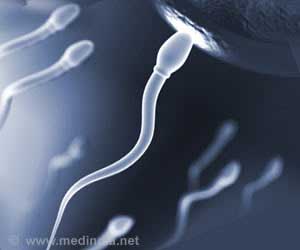Exposure to minute effects of air pollution has been found to be associated with abnormal shape, size and number of sperm, ultimately reducing sperm quality.
- Exposure to air pollution, especially fine particulate matter (PM2.5) puts men at risk for producing lower quality sperm.
- Study finds strong association between PM2.5 exposure and abnormal sperm shape and size.
- With rising levels of pollution globally, even the minute effects of pollution could result in infertility.
Air pollution and sperm quality
While several studies have validated the role of environmental chemicals in reducing sperm quality and performance, the role of air pollution in sperm quality has not been accurately identified. A new study observed the sperm health in 6,500 men aged 15 to 49 who were exposed to PM2.5 in Taiwan. The sperm quality was assessed based on the guidelines set by the World Health Organization. The study was conducted between 2001 and 2014 on men who took part in a standard medical program during the time.Study Results
- A significant drop in normal sperm shape/size of 1.29% was observed with every 5 ug/m3 increase in fine particulate matter.
- Increased exposure also put men at 26% heightened risk of being in the bottom 10% of normal sperm size and shape.
- Interestingly, increased exposure was also associated with production of higher number of sperms. The team suggests that this increase could be the body’s way to combat the detrimental effect of pollution on the sperm quality.
Limitations of the study
The results are based on an observational study and no causal conclusions can be drawn out of such a study. Also, the research team had no information about previous fertility problems in any of the participants. The research was carried out on a particular population at a particular place and the results cannot be generalized to the entire male population.While many components of particulate matter including heavy metals and polycyclic aromatic hydrocarbons have been linked to sperm damage in prior studies, it is not yet clear how air pollution can impair sperm development and morphology.
"Given the ubiquity of exposure to air pollution, a small effect size of PM2.5 on sperm normal morphology may result in a significant number of couples with infertility," the research team warns.
References:
- Xiang Qian Lao et al. Exposure to ambient fine particulate matter and semen quality in Taiwan, Occupational and Environmental Medicine (2017). DOI: 10.1136/oemed-2017-104529













